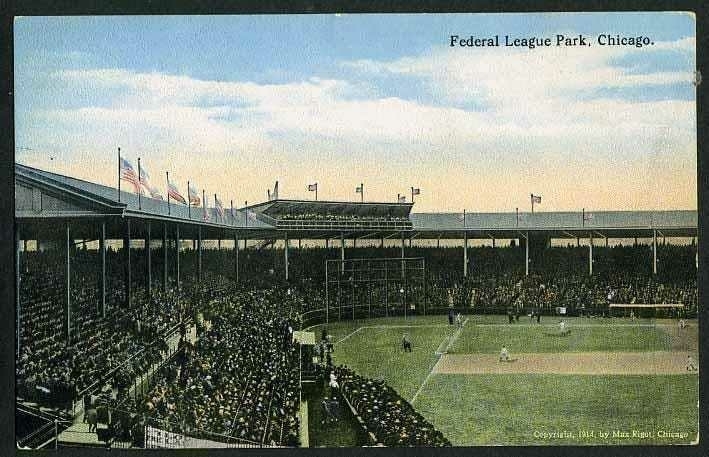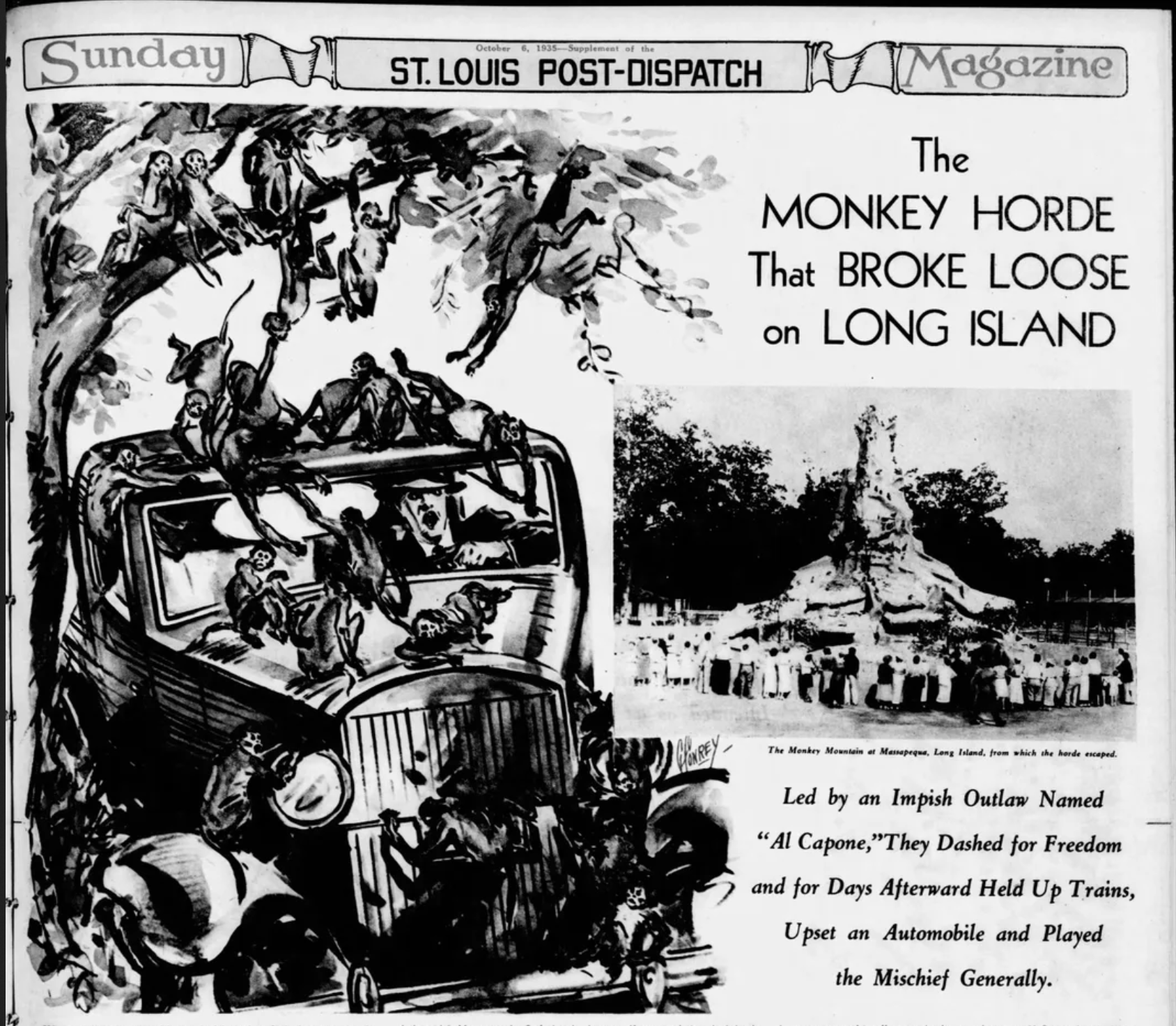I’m not sure I’ll often shoot with film, because (a) it’s expensive and (b) I make a lot of mistakes, but film really does produce a certain character (even in bright sunlight) that’s hard to replicate digitally.

Phil Christman on Adam Roberts: “That Roberts, who can do humor, pathos, style, and big ideas with such dazzling effectiveness, in book after book, is not already universally acknowledged as one of the finest living English-language writers is probably another effect of our fear of wonderful and complex things.”
A post about family — the first of several to come.
I’ve had precisely the same experience with the NYT that Freddie has:
Me: Here’s a time-sensitive piece, are you interested?
NYT: We like it and will run it, just need a few changes
Me: Here’s the revised version
NYT: …
Me: Hey guys
NYT: …
Me: Hey guys
NYT [when it’s too late for me to place it elsewhere]: Someone on staff is writing a piece along these lines, so we won’t be using yours
Me: You should pay me a kill fee
NYT: We don’t do kill fees. Sucks to be you.
That happened years ago, and I haven’t pitched them anything since. I wouldn’t write for them if they asked me to. They think because they’re the NYT they don’t have to adhere to any of the basic standards of professionalism and courtesy.
what is this new devilry

A brilliant essay by Adam Roberts on Frankenstein, A.I., and the relationship between intelligence and forgetting.
Eno:
In my own experience as an artist, experimenting with AI has mixed results. I’ve used several “songwriting” AIs and similar “picture-making” AIs. I’m intrigued and bored at the same time: I find it quickly becomes quite tedious. I have a sort of inner dissatisfaction when I play with it, a little like the feeling I get from eating a lot of confectionery when I’m hungry. I suspect this is because the joy of art isn’t only the pleasure of an end result but also the experience of going through the process of having made it. When you go out for a walk it isn’t just (or even primarily) for the pleasure of reaching a destination, but for the process of doing the walking. For me, using AI all too often feels like I’m engaging in a socially useless process, in which I learn almost nothing and then pass on my non-learning to others. It’s like getting the postcard instead of the holiday.
The restoration of Notre Dame de Paris ought to be for all of us an apocalypse, that is, a revelation of what is possible, of the great power and beauty of renewal and repair. As Francis Spufford writes in his book Unapologetic, “Far more can be mended than you know.”

I have long been meaning to transition from Safari to Firefox, but updating to Sequoia has forced my hand: Safari is now unusable, prone to long period of unresponsiveness and the endless reloading of websites. So: Thanks, Apple!
Googling “dog constipation” and praying that tomorrow I won’t be googling “dog diarrhea.”
Michael Kimmelman on the restoration of Notre Dame de Paris: “I can’t recall ever visiting a building site that seemed calmer, despite the pressure to finish on time, or one filled with quite the same quiet air of joy and certitude. When I quizzed one worker about what the job meant to her, she struggled to find words, then started to weep.”
So: my poor wife has broken her humerus, near the top of her arm. You can’t put a cast on such an injury, you just have to put it in a sling, keep it still, and take meds for the inevitable pain. There’s little she can do for herself, so I’ve been busy.
I have missed some classes, so I made an informal audio lecture to try to bridge the transition from Nietzsche’s On the Genealogy of Morals to Dostoevsky’s Notes from Underground. It covers in 43 minutes what needed to be covered in three hours or so. On a whim, I’m posting it here so anyone interested can learn the kinds of things I typically talk about. It’s not polished, but then I guess I myself am pretty unpolished … especially in my current state of exhaustion.
You cannot finally justify yourself to nihilists. Plato’s Socrates tries at least twice – in the Gorgias and in the Republic. It makes for thrilling reading in both cases. But all he really manages to do to his antagonists – Callicles in the first dialogue, Thrasymachus in the second – is to press them on the points where they are still capable of shame. Which is to say, points on which they are insufficiently committed to the nihilistic principles they have espoused. I’m not sure all Silicon Valley types have that problem.
My buddy Austin Kleon has made a cool winter-solstice zine about LIGHT — which, as it turns out, is the Advent theme also. “The people who walked in darkness have seen a great light; those who dwelt in a land of deep darkness, on them has light shone.” (Isaiah 9:2).




